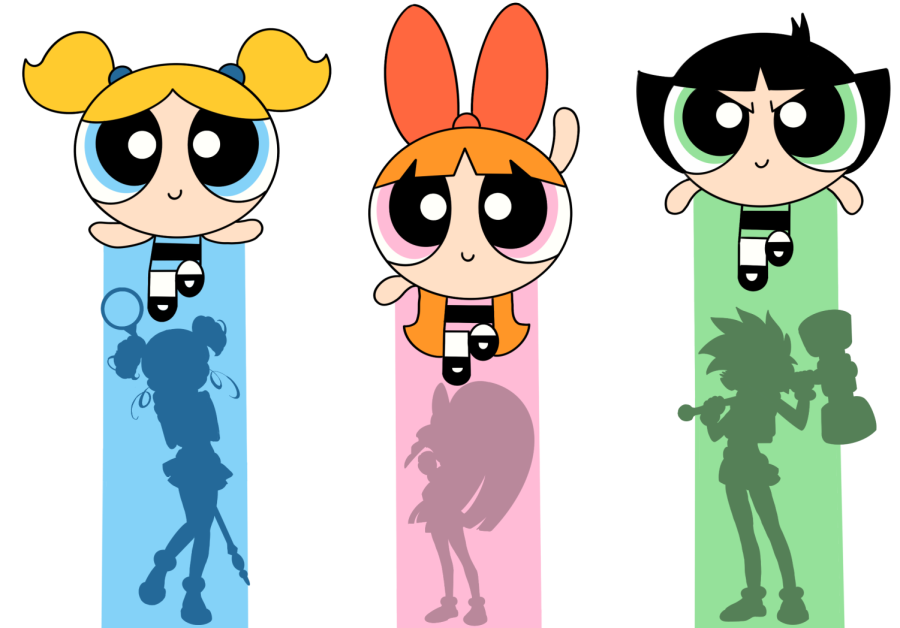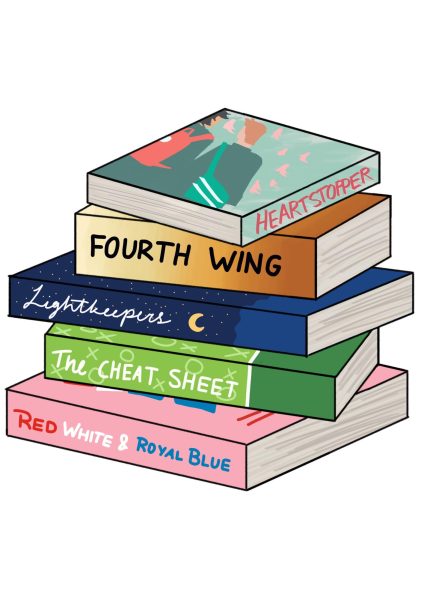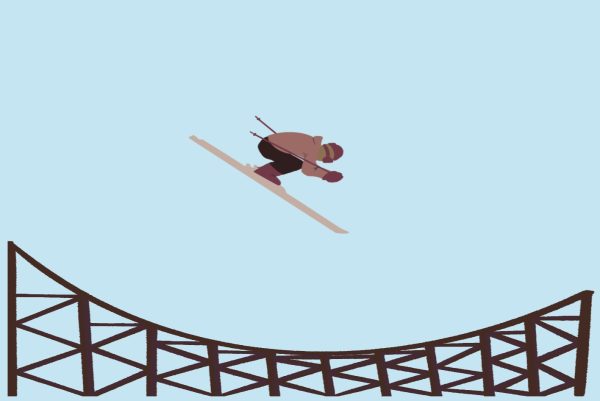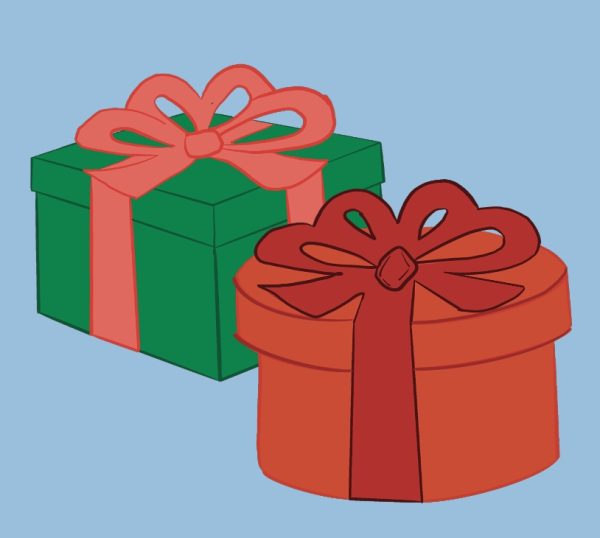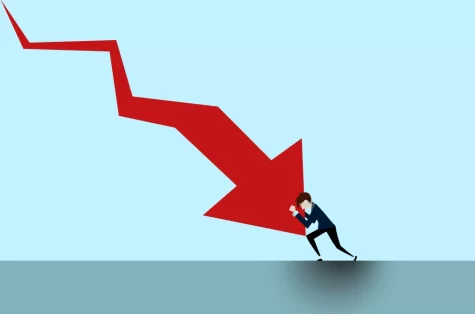How have children’s cartoons changed lately?
In recent years, the world of children’s cartoons has undergone a significant transformation, reflecting the increasing diversity of American television audiences and becoming more inclusive of underrepresented groups. The landscape of kids’ shows has evolved to reflect this change, increasing the inclusivity of underrepresented groups. However, with this shift in audience expectations, there has been a noticeable decline in the quality of some cartoons, leaving many wondering whether the golden age of animated television is behind us.
The push for diversity and inclusivity in children’s cartoons has been a positive step forward in dismantling harmful stereotypes and promoting a greater understanding of the world around us. By featuring characters of different races, cultures and sexual orientations, children are exposed to a broader range of experiences and perspectives. This helps to break down harmful stereotypes that have been perpetuated in media for far too long. Furthermore, the increased inclusivity of underrepresented groups in children’s cartoons has a profound impact on young viewers who identify with them. By seeing themselves represented on screen, children can experience a sense of empowerment and validation that was previously lacking in mainstream media. It is crucial to note that this push for diversity and inclusivity is not just about checking off boxes or being politically correct — it is about creating a more accurate and authentic representation of the world we live in.
However, while it is true that animation and quality has undoubtedly improved over time, the concept, core idea and overall entertainment value of some modern cartoons have not kept up with these advancements. Today’s cartoons are lacking in the charm and wit that cartoons earlier this century had, instead relying too heavily on cheap laughs and shock value. This is not to say that all modern cartoons lack substance or creativity, but it is clear that some have prioritized commercial success over artistic merit.
The rise of woke culture in recent years has brought about a heavier emphasis on censorship, which is stifling creativity and diminishing the quality of some shows. While it is important to be respectful and attentive to important social issues, this heightened sensitivity has led to a decrease in the quality of some modern cartoons and has made it increasingly challenging for creators of cartoons to strike a balance between entertainment and social responsibility. As censorship has evolved over time, many modern cartoon creators struggle to maintain the quality of their shows while also adhering to the demands of woke culture.
Additionally, when these corporations are attempting to avoid cancel culture through censorship, it is not truly mindful and educational about social issues, only avoiding to address them. This avoidance not only leads to mindless censorship, but also slows down the development of important ideas in children.
Besides the practice of censorship, the trend of rebooting older cartoons in a new and often unrecognizable way has become a common strategy for studios to capitalize on nostalgia rather than creating something genuinely innovative. This approach can detract from the charm and nostalgia that the original show brought to its fans, as the new design and execution may not resonate with the audience in the same way. By relying solely on nostalgia, studios risk sacrificing the creative potential of the show, leading to disappointment among long-time fans. For example, the 2016 reboot of the popular cartoon “Powerpuff Girls” was met with mixed reactions from fans. While the original show was celebrated for its unique art style, clever writing and strong character development, the reboot attempted to modernize the show by changing its tone and visual style. The new design of the characters was criticized for being overly simplistic, lacking the intricate details and personality that made the original characters so beloved. Additionally, the new tone of the show was criticized for its lack of humor and charm, with fans feeling that the reboot failed to capture the spirit of the original. While the intention may have been to appeal to a new generation of viewers, the reboot ultimately fell short in terms of its creative execution and failed to live up to the expectations of fans.
Due to the natural human tendency to be biased towards the familiar and nostalgic experiences of our childhood, modern animated shows can face undeserved harsh criticism and unrealistic expectations. However, as we move forward, it is crucial to acknowledge the importance of accepting and embracing new ideas while also paying homage to the charm and nostalgia of the past. By finding a balance between the old and the new, we can appreciate the evolution of animated shows while also appreciating the nostalgia of the past.



